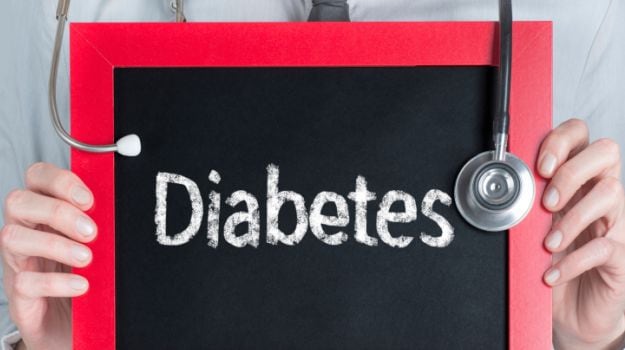Weight loss surgery, also called bariatric surgery, is used to treat people who are dangerously obese. Leaving the fact that it is for people who are extremely obese, other people are also using the bariatric surgery to get in the desired shape. There are many types of weight loss surgery available depending on the amount of fat percentage you want to surgically remove from the body and their effects on your body. While many of us are afraid to let the needle surgically remove all the excess body fat, bariatric surgeries may help in controlling diabetes suggests a new study.Losing weight through surgical approaches appears to reduce people's risk of developing Type 2 diabetes. Bariatric surgery resets chemical messages that fat cells send, substantially reducing people’s risk of developing Type 2 diabetes, a study has found. Fat cells — also known as adipocytes — send messages to other cells in the form of exosomes — nanosised blobs whose contents regulate which proteins are produced by genes. However, the messages contained in exosomes from patients who are obese alter how the body processes insulin, setting the stage for Type 2 diabetes, said researchers from the George Washington University School of Medicine and Health Sciences. 
For the study, published in the journal Obesity, the team worked with six adults scheduled to receive gastric bypass surgery, whose average age was 38 years, and had an average body mass index (BMI) of 51.2 kg/m2. Blood samples showed that at least 168 microRNAs — the molecules responsible for sending specific messages — had changed before and after surgery. Further analyses showed that many of these microRNAs were involved in insulin signaling, the pathways that the body uses to regulate blood sugar.By changing these outgoing microRNAs for the better, adipocytes actively were encouraging higher insulin sensitivity in other cells, warding off Type 2 diabetes, said Robert J. Freishtat, Associate Professor at the George Washington University School of Medicine and Health Sciences. Post-surgery each volunteer showed better insulin sensitivity and other improved markers of metabolic health.

“These volunteers were essentially cured of their diabetes after surgery. The changes we saw in their surgery-responsive microRNAS correlated with the changes we saw in their metabolic health,” Freishtat said. The findings offer hope to the nearly 2 billion adults who are overweight or obese worldwide that many of the detrimental effects of carrying too much weight can recede, even on the molecular level, once they lose weight, the researchers noted. With Inputs from IANS.

For the study, published in the journal Obesity, the team worked with six adults scheduled to receive gastric bypass surgery, whose average age was 38 years, and had an average body mass index (BMI) of 51.2 kg/m2. Blood samples showed that at least 168 microRNAs — the molecules responsible for sending specific messages — had changed before and after surgery. Further analyses showed that many of these microRNAs were involved in insulin signaling, the pathways that the body uses to regulate blood sugar.By changing these outgoing microRNAs for the better, adipocytes actively were encouraging higher insulin sensitivity in other cells, warding off Type 2 diabetes, said Robert J. Freishtat, Associate Professor at the George Washington University School of Medicine and Health Sciences. Post-surgery each volunteer showed better insulin sensitivity and other improved markers of metabolic health.

“These volunteers were essentially cured of their diabetes after surgery. The changes we saw in their surgery-responsive microRNAS correlated with the changes we saw in their metabolic health,” Freishtat said. The findings offer hope to the nearly 2 billion adults who are overweight or obese worldwide that many of the detrimental effects of carrying too much weight can recede, even on the molecular level, once they lose weight, the researchers noted. With Inputs from IANS.
Advertisement








